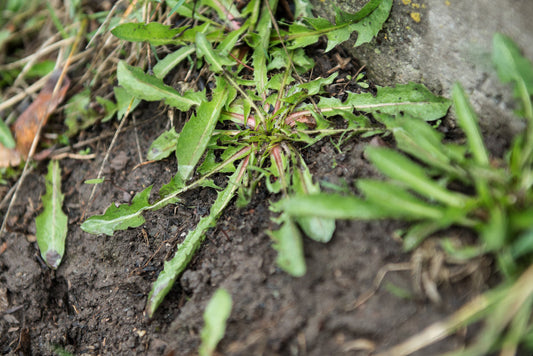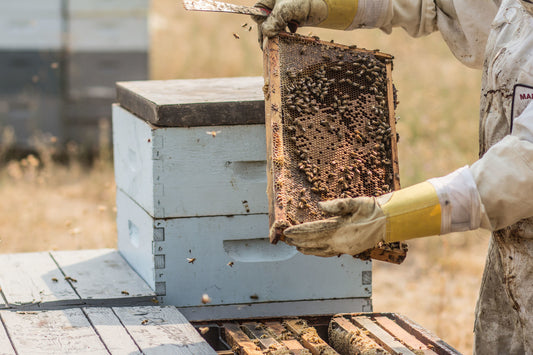Blog

Beginning beekeeping basics: nucs v. Packages, ...
As an aspiring novice beekeeper, one of your first questions will be: where can I get my bees? You have two options, and, as with many things, they shake out...
Beginning beekeeping basics: nucs v. Packages, ...
As an aspiring novice beekeeper, one of your first questions will be: where can I get my bees? You have two options, and, as with many things, they shake out...

An ode to dandelions: a nutritive, tonic herb t...
The birds are singing, last fall’s leaves and debris have emerged from melted slow, and worms have escaped the soggy soil to dry out above ground. About the only green...
An ode to dandelions: a nutritive, tonic herb t...
The birds are singing, last fall’s leaves and debris have emerged from melted slow, and worms have escaped the soggy soil to dry out above ground. About the only green...

Hive Health: Early Season Inspections
4 things to look for when checking your hives Trees are budding, hummingbirds are zinging by, and, after living all winter off of stored honey, honeybees have begun to emerge...
Hive Health: Early Season Inspections
4 things to look for when checking your hives Trees are budding, hummingbirds are zinging by, and, after living all winter off of stored honey, honeybees have begun to emerge...
